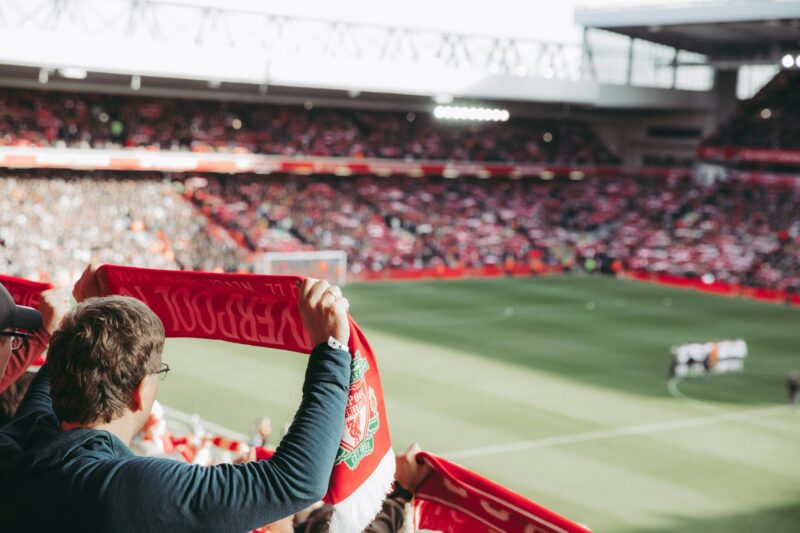The claim that the English Premier League is the best in Europe is a common talking point among fans, pundits, and marketers. While “best” is ultimately subjective, there are several concrete factors that consistently give the EPL an edge in global perception and commercial strength. Below is a nuanced look at why many people hold that view, followed by a brief acknowledgment of the strengths of other top European leagues.
What sets The Premier League apart?
Well, the league’s roots trace back to 1888, giving it a storied heritage that intertwines with British culture. Match‑day traditions—chants, pubs, community outreach—create a vibrant atmosphere that resonates internationally. And what about infrastructure? Most EPL clubs boast modern, high‑capacity venues with excellent pitch quality, safety standards, and fan amenities. Additional investment in state‑of‑the‑art training complexes contributes to player development and injury prevention.
Furthermore, the Premier League has the financial and competitive balance. It commands the world’s most lucrative domestic TV rights deals, generating billions of pounds each season. The same refers to radio and other types of media. The EPL news are always followed with excitement. That brings revenues, which are split among all 20 clubs, giving even mid‑table teams the resources to attract quality players.
SPONSOR AD
And yes, Premier League clubs regularly spend heavily in the market, which translates into formidable squads and high‑profile signings across the board. This financial depth helps maintain a competitive balance where several teams can realistically challenge for the title each year. There is also the brand power factor. The league is broadcasted in over 200 territories and reaches an estimated 4.7 billion people worldwide. Its matches are shown live in markets ranging from Asia to the Americas, creating a truly global fan base. That obviously attracts high‑profile sponsors (e.g., Nike, Adidas, Amazon) and strategic partnerships with streaming platforms. Their engagement expands the league’s visibility far beyond the UK.
That makes additional sense, since the EPL is renowned for its high tempo, physicality, and end‑to‑end action. Teams typically adopt attacking mindsets, which produces frequent goals and dramatic moments. And, because financial resources are spread relatively evenly, upsets are common. Even lower‑ranked sides can pull off surprising victories against traditional powerhouses, keeping the league exciting throughout the season.
None of that, however, would have been possible without the depth of talent. The league attracts elite players from across the globe—think of the influx of South American, African, and Asian stars alongside top European football stars. Managers come from varied tactical backgrounds, too. Pep Guardiola, Jürgen Klopp, and Diego Simeone: such professionals bring a mix of styles, enriching the tactical landscape.
How other top European leagues compare to EPL?
Let’s start with La Liga (Spain). It has technical finesse, possession‑based play, world‑class clubs (Real Madrid, FC Barcelona, Atlético Madrid). But concentrated wealth stays in a few bank accounts. That means less revenue parity, which makes the EPL more interesting.
The Bundesliga (Germany) has strong youth development, high attendance rates, affordable ticket prices, and efficient club management. But it generates slightly lower overall TV revenue compared to the EPL.
Serie A (Italy), on the other hand, provides tactical sophistication, defensive mastery, rich historical clubs (Juventus, AC Milan, Inter). It also has an incredible fan base, where club loyalty competes with family and religion. Recent financial challenges, though, make reality very difficult for some clubs.
Ligue 1 (France). Emerging talent pipeline (young French stars), growing investment (e.g., PSG’s financial backing). Yet limited global broadcasting reach and competitive imbalance are considered to be disadvantageous.
Each league excels in particular dimensions—technical artistry in La Liga, fan accessibility in the Bundesliga, tactical depth in Serie A, and talent development in Ligue 1. Personal attachments depend on which attributes a viewer values most.
A balanced takeaway
Yes, the EPL is still worth the effort to follow it. But is it the best? The combination of financial equality, global marketing, high‑octane style, and depth of talent creates a product that feels both elite and accessible. But “best” is not universal. Fans who prioritize tactical nuance may favour La Liga; those who love community‑focused stadium experiences might lean toward the Bundesliga; admirers of defensive masterclasses could champion Serie A.
Ultimately, the Premier League’s dominance stems from a synergy of economics, entertainment value, and worldwide branding. Yet Europe’s football ecosystem thrives because each major league brings distinct qualities that together enrich the continent’s sporting tapestry. It is therefore impossible to determine which one is actually the best. It all comes down to personal preferences.








